Yemeni forces shoot down US-built spy drone over Ma’rib Province
The Yemeni army says its air defenses have shot down a US-built drone on a spying mission in the airspace of strategic Ma’rib Province, which has been the focus of a liberation operation by the armed forces in recent months.
“Our air defenses were able to shoot down an American-made ScanEagle spy plane, while it was carrying out hostile acts a while ago in the airspace of Wadi Ubaidah area in Ma’rib Province,” Brigadier General Yahya Saree, spokesman of the armed forces, said on Thursday.
General Saree said a “suitable weapon” was used during the operation, without specifying its type, Yemen’s al-Masirah TV reported.
He also affirmed that the Yemeni armed forces would “spare no effort to protect Yemeni airspace as long as the aggression and siege continue.”
Since last summer, the Yemeni army and its allied fighters have been involved in an operation to liberate Ma’rib from militants allied to the former Riyadh-allied regime.
The militants, despite receiving heavy aerial back-up from the Saudi-led military coalition, have suffered huge losses on battlefield, with the army forces expected to liberate the city in the near future.
Ma’rib, where many oil and gas resources of Yemen are located, has currently the largest concentration of militants loyal to Saudi Arabia. The province’s recapture will thus mark a turning point in the defense campaign against the Riyadh-led war coalition.
In recent months, Yemeni forces have shot down at least nine US-made Boeing Insitu ScanEagle reconnaissance drones, many of which over areas controlled by the army and allied popular committee forces in Ma’rib.
The drones were run by the Saudi-led military coalition.
The Yemeni military has also downed several Chinese-made CH-4 combat drones in recent months, the latest of which occurred on Monday.
Saudi Arabia, backed by the United States and regional allies, launched the war on Yemen in March 2015, with the goal of bringing former Yemeni president Abd Rabbuh Mansour Hadi’s government back to power and crushing the popular Ansarullah resistance movement.
The war has left hundreds of thousands of Yemenis dead and displaced millions more. It has also destroyed Yemen’s infrastructure and spread famine and infectious diseases there.
Despite heavily-armed Saudi Arabia’s incessant bombardment of the impoverished country, the Yemeni armed forces and the Popular Committees have grown steadily in strength against the Saudi invaders and left Riyadh and its allies bogged down in the country.
Civilians killed, injured in new Saudi raids
On Wednesday, a number of Yemeni civilians were killed and injured as the Saudi-led military campaign continued its attacks on Yemen.
At least two civilians, including a child, were killed and three others injured as a result of the war coalition’s airstrike in Magbanah district in Taiz Province.
According to al-Masirah, work is still underway to retrieve the victims of the crime from the rubble.
In Hudaydah Province, two children lost their lives and five other civilians, including a woman, were wounded in raids by coalition forces against homes on the al-Murir area, east of Hays district, and on the village of al-Marabid, east of al-Jarrahi district.
A Yemeni security official was quoted by Yemeni media as saying that coalition warplanes also launched raids on the capital, Sana’a.
The official said the warplanes targeted the technical center of the General Electricity Corporation in Dhahban area in Bani al-Harith district.
He added that they waged a raid next to an orphan hospital in Maeen district.
The official denounced the Saudi-led military coalition’s continued targeting of populated areas and destroying the infrastructure and capabilities of Yemen in light of shameful international silence.
The Saudi-led coalition has in recent months escalated its raids against Yemen, in light of its defeats on various fronts and its failure to achieve any of its goals.
According to a UN report released last month, the death toll from Saudi Arabia’s war on Yemen will reach 377,000, including those killed as a result of indirect and direct causes, by the end of 2021.
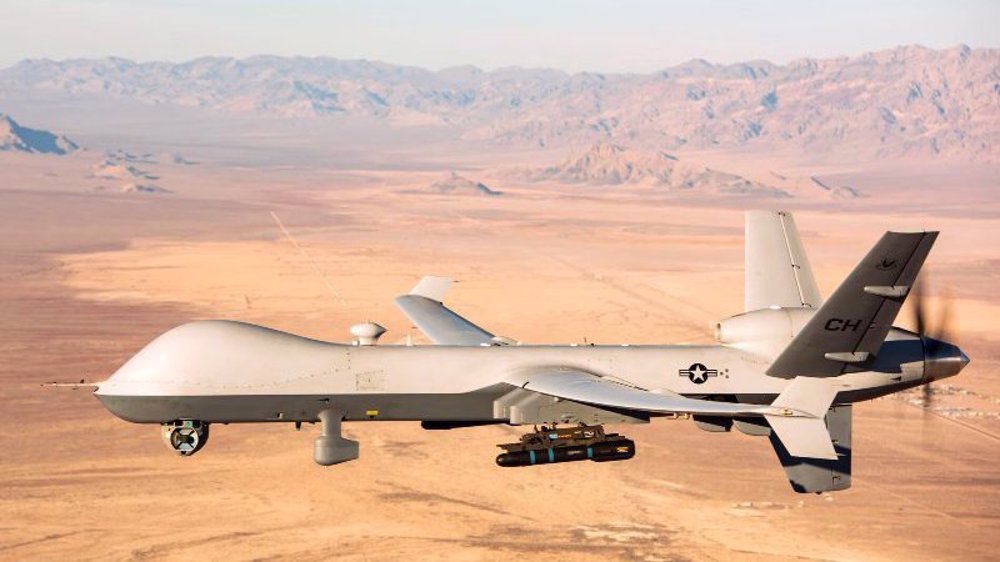
Yemeni army shoots down second advanced US MQ-9 drone in single week
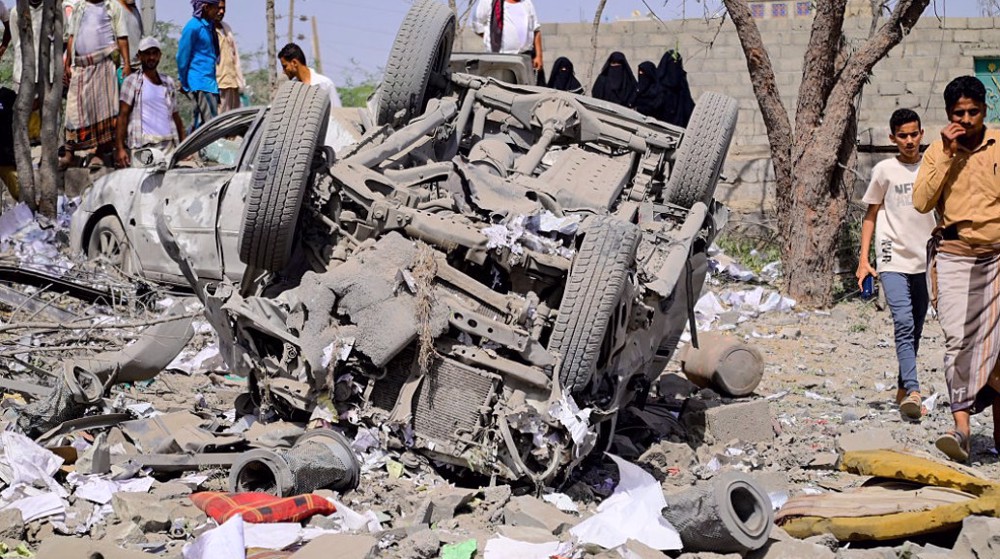
More civilians killed as US carries out dozens of airstrikes across Yemen

Yemeni forces attack US aircraft carrier with cruise missiles, drones
South Korea: Top court removes president over martial law controversy
Pezeshkian: Iran's capability in defending itself at highest level
VIDEO | Trump’s tariffs risk global trade war; EU prepared to retaliate
VIDEO | Netanyahu visits Hungary despite arrest warrant
VIDEO | Madrid cultural event for Syria with documentary hailing fight against Takfiris
VIDEO | UK economy reels from impact of Trump Tariffs
UNRWA chief slams Israel’s attacks on UN facilities
VIDEO | The story of Heyam: nowhere is like Gaza!


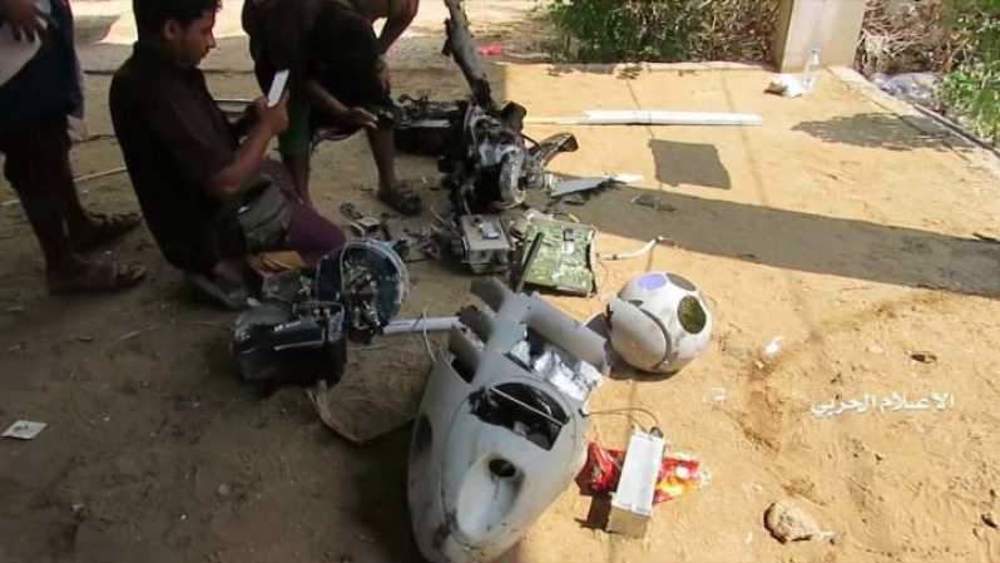
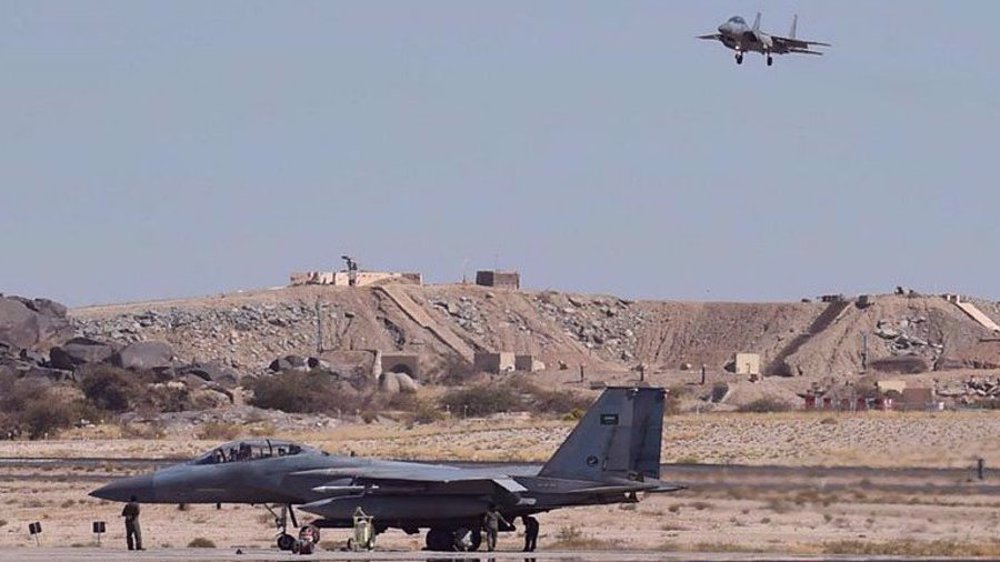




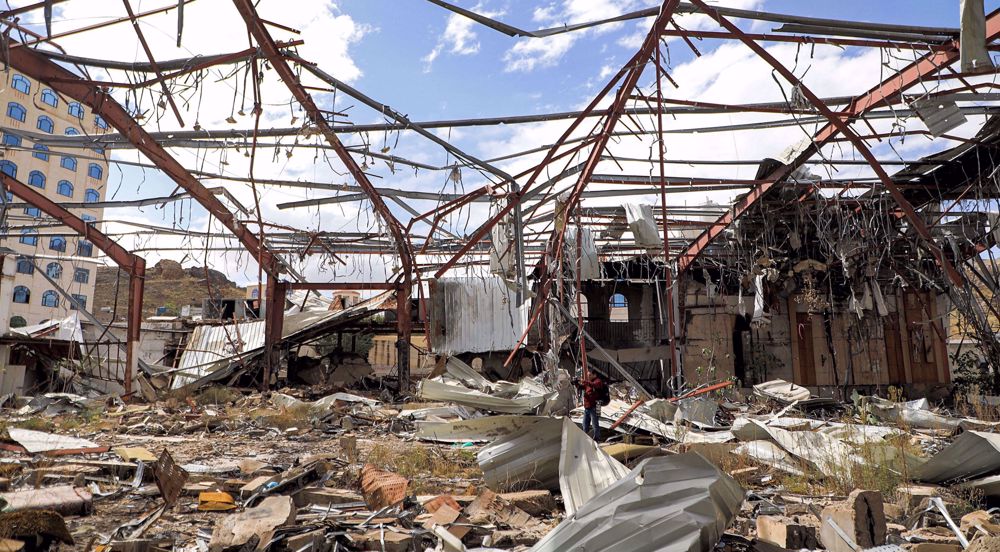

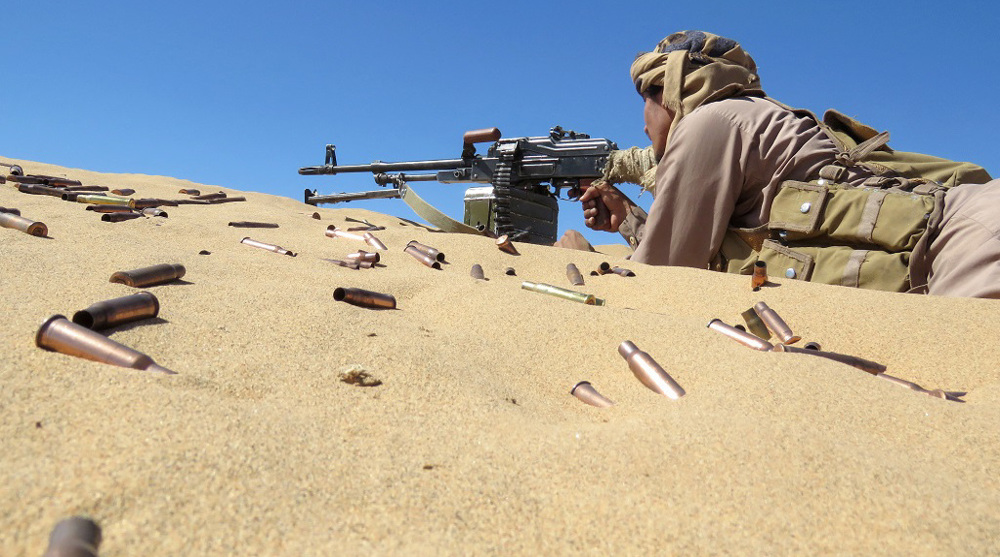


 This makes it easy to access the Press TV website
This makes it easy to access the Press TV website